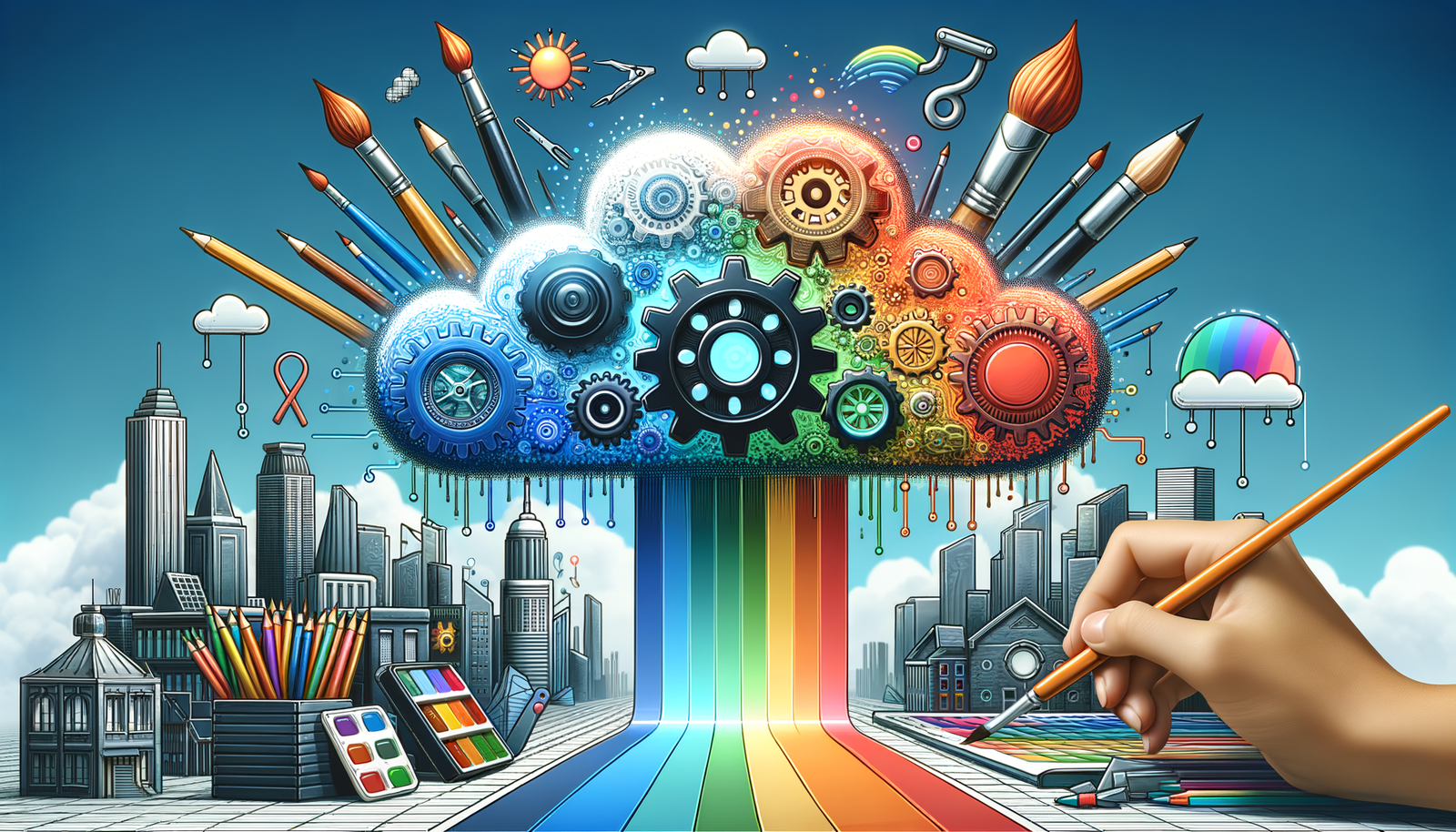Your Cart is Empty
Customer Testimonials
-
"Great customer service. The folks at Novedge were super helpful in navigating a somewhat complicated order including software upgrades and serial numbers in various stages of inactivity. They were friendly and helpful throughout the process.."
Ruben Ruckmark
"Quick & very helpful. We have been using Novedge for years and are very happy with their quick service when we need to make a purchase and excellent support resolving any issues."
Will Woodson
"Scott is the best. He reminds me about subscriptions dates, guides me in the correct direction for updates. He always responds promptly to me. He is literally the reason I continue to work with Novedge and will do so in the future."
Edward Mchugh
"Calvin Lok is “the man”. After my purchase of Sketchup 2021, he called me and provided step-by-step instructions to ease me through difficulties I was having with the setup of my new software."
Mike Borzage
Revolutionizing Design with Machine Learning: Automation, Creativity, and the Future Landscape
June 24, 2024 2 min read


Introduction to Machine Learning in Design
Machine Learning (ML) has rapidly become a cornerstone in various sectors, and its integration into the design software landscape is revolutionizing how creatives approach their work. ML's ability to analyze vast quantities of data and learn from it is propelling the design industry into new realms of creativity, efficiency, and precision. The journey of ML within the design sector marks a significant shift from traditional, manual processes to dynamic, automated workflows, promising a future where designers can harness the power of AI to elevate their creative visions.
Automating Routine Design Tasks with ML
The automation of routine tasks in the design process through machine learning is transforming the role of the designer and the efficiency of design workflows. By identifying and automating repetitive tasks, ML is enabling designers to focus on more complex and creative aspects of their projects.
- Geometry creation and complex pattern recognition are now more reliable and less time-consuming, thanks to ML.
- Data analysis and decision-making processes are significantly enhanced, supporting designers in making more informed choices.
The implementation of ML in automating routine tasks not only reduces the time spent on such activities but also increases the reliability and precision of the outputs, showcasing a significant advancement in design methodologies.
Enhancing Creativity and Innovation through ML
One of the most exciting prospects of ML in design is its capacity to enhance creativity and innovation. By leveraging vast datasets of design precedents, ML algorithms can suggest design alterations and improvements, thus broadening the horizon for creative exploration.
Generative design software stands at the forefront of this innovation, offering:
- The ability to create numerous design alternatives based on predefined criteria, enabling a more efficient decision-making process.
- A symbiotic relationship between human creativity and machine intelligence, where each complements the other in the journey towards innovation.
This balance between human intuition and ML’s data-driven suggestions cultivates a fertile ground for unprecedented design solutions.
Challenges and the Future of ML in Design
Despite the promising advancements, the integration of ML in design processes is not without its challenges. Technical hurdles, ethical concerns, including data privacy and the potential for algorithmic bias, and the risk of homogenization in design aesthetics pose significant questions. Additionally, the evolving role of the designer, from creator to curator, in an AI-driven process suggests a fundamental shift in the design paradigm.
The future of ML in design, however, looks bright. Predictions include the integration of augmented reality interfaces for design software and the intelligent automation of even more complex and creative tasks. As the technology matures, the design community is poised to witness even greater transformations that will redefine the boundaries of what is possible.
In conclusion, the role of machine learning in automating design processes is multifaceted, presenting both opportunities and challenges. As the field continues to evolve, the potential for ML to further enhance creativity, efficiency, and precision in design is immense. The journey ahead for designers and technologists alike is to navigate this evolving landscape, leveraging the strengths of ML while addressing its limitations, to shape a future where design and technology seamlessly coalesce.
Also in Design News

Design Software History: From Tape to Terminals: Evolution of PCB Design Software, Routing Algorithms, and Manufacturing Data (1960s–Present)
January 20, 2026 13 min read
Read More
IFC + USD: Standards-Led Interoperability for Semantic Fidelity and Scalable AEC Delivery
January 20, 2026 13 min read
Read More
Cinema 4D Tip: Stage Object: Timeline Camera and Environment Switching
January 20, 2026 2 min read
Read MoreSubscribe
Sign up to get the latest on sales, new releases and more …


